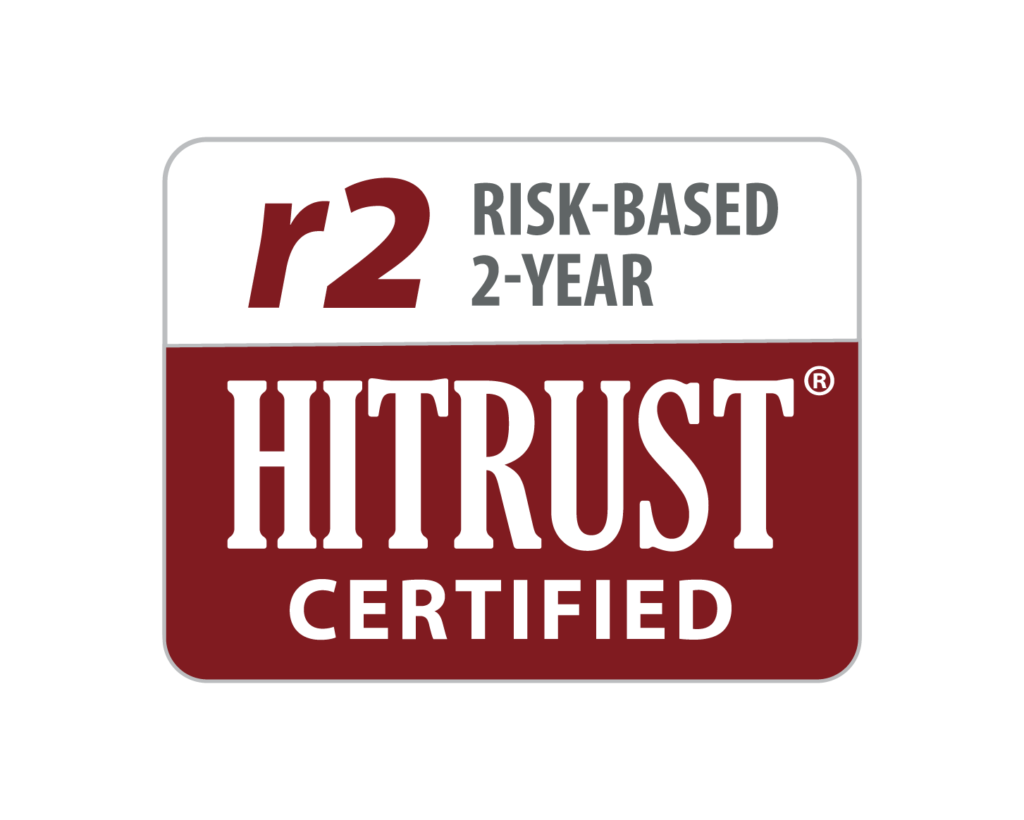Unexpected opportunities during cloud migration
Migrating means moving, and for a great deal of people, moving is a daunting prospect. But just as professional movers can be hired to do most of the heavy lifting, services exist that ease the work of migrating to the cloud – and reap a number of unexpected opportunities.
Start with a plan in hand and an end in mind.
As with most journeys, planning is a wise first step. Bringing in a cloud migration partner early on can make this an enlightening process with lasting value.
Top migration services to consider:
- Pre-migration server and enterprise discovery assessments. These can be as simple as a review of your existing servers with an itemized list of tasks and costs for migrating each one, to a thorough project management approach to moving a comprehensive enterprise IT infrastructure to the cloud.
- Discovery and application dependency mapping. A complete inventory of applications mapped to user groups, priority of availability and dependency with other applications and processes gives many organizations the first true “inventory” they’ve performed in years, maybe ever.
Automated cloud migration. Powerful, hardware and software-agnostic automation tools fast-track even large enterprise cloud migrations. - Physical to virtual transformation. This service assures data makes a seamless transition to the right scale of virtual infrastructure (which typically has a much smaller footprint).
- Web server migration. No matter the existing development platform, hosting provider or content management system, this service executes a smooth transition of websites and web servers to the cloud with a minimum of downtime – and afterward, a new scalability for receiving even the largest data sets.
Three opportunities to seize
Although there is no denying that migrating to the cloud is a big change, it’s one accompanied by big opportunities. Here are three of the most significant.
- Healthcare organizations can finally work out their official disaster recovery (DR) plans. Switching to a cloud environment does not have to, and should not, be just a matter of moving applications from one end of the wire to another. This is a golden opportunity to get a better understanding of how these applications work and what dependencies they have from a services perspective.
It’s also an ideal time to finally create the DR plan every organization needs in this era of chaotic events, whether “acts of God” or intentional acts of harm. While performing an inventory check of all applications and devices in advance of moving them to the cloud, healthcare organizations would do well to go the full distance and draw up their DR plans based on this work.As it happens, this sort of inventorying is a primary migration service offered by ClearDATA, and includes discovery and application dependency mapping. Circling back to the actual DR plan, all that will really be left for internal IT staff to do is some strategizing and testing of the plan. - Shed the bloat. This applies to costly service level agreements organizations no longer need after migrating to the cloud and that healthcare organizations are bound to uncover during an inventory check; equipment that’s long been taking up space and even equipment currently in use but that will also no longer be needed in a virtual cloud.On this last note, it is highly recommended that organizations do an assessment or have their cloud provider perform one that makes an accurate snapshot of how much bandwidth their applications really utilize. There is rarely a need to swap out “like for like.” The number of physical servers in use now, for example, is almost surely considerably more than what these organizations will want to commission in a high performance cloud computing environment.
- Do a business re-fresh. What else should healthcare organizations do to modernize their IT infrastructure? Perhaps update their approach to managing it, too. Offloading routine security of data to the same cloud provider that is hosting it has become a growing trend, for good reason. Data breach attacks are only intensifying, now with state-sponsored hackers behind many of the attacks.
Should healthcare IT departments really be expected to fend these criminals off? Even if they could, they would have to devote all of their time to doing so. And IT professionals are needed for core business work, from health data analytics to preparing for major initiatives such as the transition to ICD-10. At the same time, offloading IT management and security can go a long way in keeping an organization’s reputation for protecting privacy intact. Too many others that are attempting to manage security in-house aren’t having much luck with this.
Nor should they have to. A top-tier cloud services provider can take on these and other draining IT tasks for good. With all the advantages waiting to be tapped, it’s no wonder that migrating to the cloud is a move so many healthcare organizations are making.
Tags: ClearDATA, cloud migration, disaster recovery plans, virtualization


